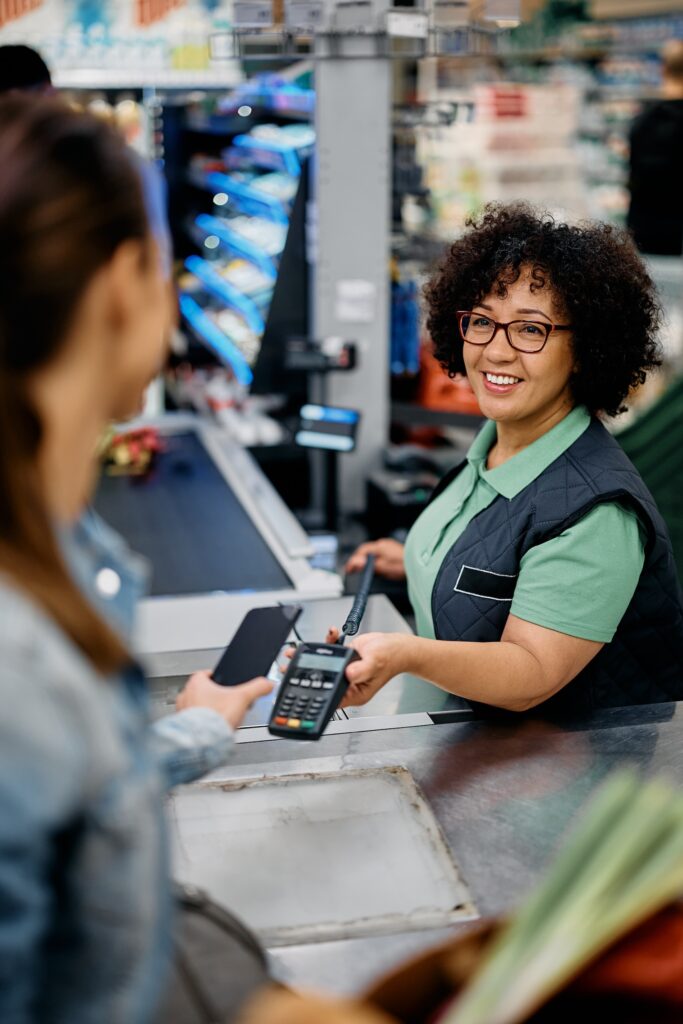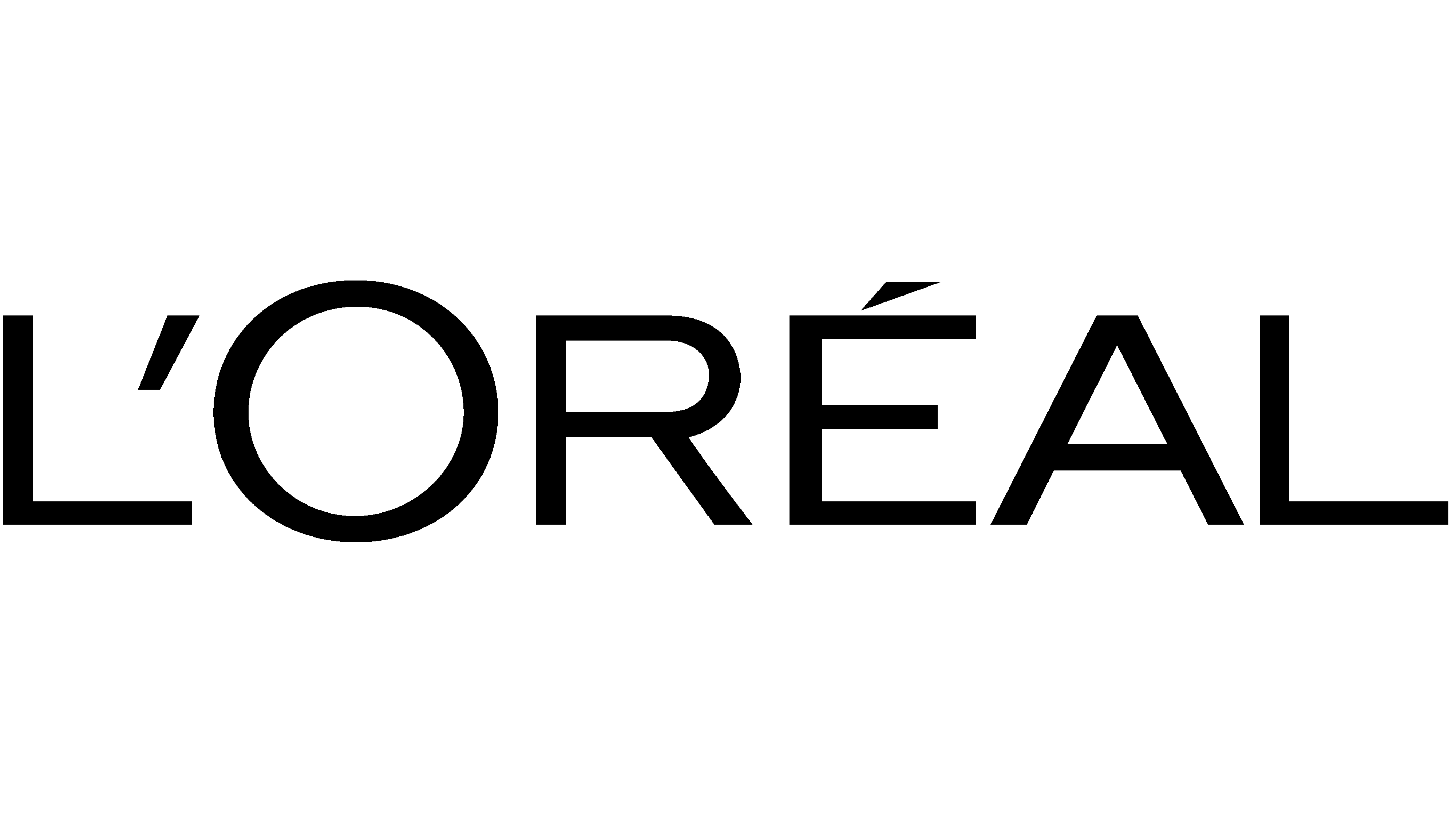CREATING CONTENT FOR THE RETAIL SECTOR
Retail and consumer goods experts, we create editorial content that highlights key industry trends and offers a fresh perspective on the role of each player.
Real estate companies, shopping centers, local stores, e-commerce platforms—we tailor our approach to meet the specific needs of each business model.
Our editorial leads advise you on the most effective formats to achieve your objectives. Whether you’re looking to boost visibility, attract new customers, or strengthen your brand awareness, we understand the communication challenges of the retail sector and work closely with your teams to address them.
Key communication challenges in retail
1. STAY WITH THE PACE
Retail is an ever-changing sector. A key driver is e-commerce, which has seen incredible growth, with sales expanding from $1,336 billion in 2014 to $4,280 billion in 2020, and $6,388 billion projected for 2024.1 The sector has faced big challenges in recent years, including supply issues and rising inflation. Simultaneously, consumer demands and expectations have shifted. Consumption has surged dramatically, but it has also been accompanied by growing environmental awareness.
Beyond the effects of technological advances and behavioural shifts, the Covid-19 pandemic had a huge impact on the sector, triggering a huge jump in online sales and expanding shopping options for consumers. The retail sector is changing at breakneck speed, so you need to be ahead of the game in your communication and stay crystal-clear about your brand identity and values, or face being left behind by rivals.
2. MAKE COMMUNICATION A TOOL TO BUILD ENGAGEMENT AND SALES
Communication with retail employees is made complex by the very nature of their work. With a high proportion of part timers and occasional workers, rotating shifts and multiple work locations, it can be hard to build a sense of belonging to the company. Adding to the challenges, these employees cannot always be reached by standard channels, such as a corporate intranet, for example. According to a study by Yoobic, 36% of retail employees feel disconnected from their company. But properly structured internal communication can transform team members into genuine brand ambassadors.
To get round the physical distance separating the company’s headquarters and sales outlets, it is important to create communication channels that foster exchange and ensure that information circulates properly. That could include digital platforms, internal magazines for team members, regular on-site briefings, or content for staff posted on dedicated Instagram or WhatsApp accounts.
👉 Members of personnel are likely to be more engaged with their job if they know they are working towards a shared goal.

3. COMMUNICATE WISELY ON CSR INITIATIVES
The Covid-19 pandemic had a profound impact on consumer behaviour and shopping habits. On the one hand, it increased the share of online commerce and galvanized consumption. On the other it led to rising awareness of environmental issues. Generations Z and Alpha are deeply concerned about questions such as ethical production, the types of materials used and other sustainability issues.
Responding to these shifts, retail firms have accelerated their transition and ramped up CSR initiatives. In recent years, the emphasis has been on the direct environmental impact of products. But retailers are now redirecting their efforts to concentrate on areas such as the preowned and resale markets, staff diversity and respect for that diversity. They are also assessing the CSR performances of their supply chains and reviewing their overall social and environmental scores.
Deloitte’s 2023 CxO Sustainability Report revealed that 73% of chief experience officers (CxOs) in the consumer goods sector upped their sustainability investments in 2022. Meanwhile, consumers are not the only ones clamouring for change. Shareholders and investors are also pressuring retailers to adopt genuinely sustainable strategies. This makes it essential to communicate effectively and wisely about CSR commitments. Authentic initiatives can help companies to inspire and emerge as sustainability leaders in their sector.
⚠️ Steer clear of false advertising and greenwashing. The retail sector is fertile ground for the use of language and communication that may be misleading to uninformed consumers.
4. PROMOTE CUSTOMER ENGAGEMENT WITH SPECIFIC, USEFUL CONTENT
In retail, as elsewhere, it is cheaper to build loyalty with an existing customer than to acquire a new client. By continually engaging their audiences with carefully targeted content, companies can boost online and instore sales, while making their customer base more loyal. Investing in an improved customer experience is critical. The goal is to create a space, a community that consumers are eager to return to.
To offer a truly personalised shopping experience, retailers first need to understand their customers’ needs and expectations. That means asking the right questions, creating accurate customer profiles, and then developing specific and useful content on that basis. Consumer stories, digital media, video interviews and other types of content can be designed to reach specific audience segments. Every content item can be tailored to a specific audience and shared via the most appropriate channels, such as a newsletter or social media platforms.
In a fiercely competitive market, offering a different customer experience can give a company a real competitive edge.
👉 The most successful brands are not content merely to promote their products. They offer their customers an experience and conversation topics that add to the sense of belonging to a community. A great example is Patagonia’s e-store, which doubles as a media channel with a clear and strong identity, serving an engaged community.
Got a project? Let’s talk!
What are your goals?
From mega e-tailers to digital native vertical brands, from shopping centres to retailers, the retail sector is home to very different participants who are nevertheless pursuing similar goals: to enrich the customer experience through greater personalisation, strengthen team integration, and communicate effectively about the values that set them apart from the rest.
Whether the aim is to promote CSR initiatives, craft content that is truly targeted to your internal audiences or bring out the areas that differentiate your brand, we understand the challenges and issues specific to your sector. We employ a team of journalists and multilingual editorial experts who specialise in retail.
Formats tailored to the needs of your customers and investors
Every month, four content items that generate engagement around your events, highlights and local initiatives:
- Strategy interview with a store manager
- Focus article on a successful initiative
- Report from the field (pop-up stores, Ambassador Day, launch, etc.)
- Story presenting news in an attractive and compelling format
This type of content will keep audiences in the loop and raise your profile. Whether they are sales people or store bosses, inventory managers or e-commerce specialists, let your team members speak. It’s a great way to put a human face on what you do and to showcase your employer brand. By tackling topical issues such as sustainable consumption or personalised customer experiences, you can position yourself as a standard-setter in your industry.
Three Tips for Your Communication Strategy
- Identify spokespersons and ambassadors to share your convictions and embody your values
- Take audiences behind the scenes with reports, interviews, etc.
- Create multimedia content to capture interest with original angles
OUR SUCCESS STORIES IN YOUR SECTOR
More Success StoriesGet support from our retail communication experts
The Editorialist is an editorial leader, specialising in the production of value added content to inform the strategic audiences of retail companies, including customers, on-site personnel, future team members, management and investors.
JOURNALISM IN OUR DNA
We produce informative, reliable, properly documented content. A dedicated editorial manager works with you day-to-day, steering content production and suggesting topics, angles, formats and interviewees.
SECTOR EXPERTISE
Our detailed understanding of our customers’ business challenges stems from ongoing inhouse training and our network of specialised and multilingual journalists and writers.
INNOVATIVE FORMATS
Always on the lookout for new developments in media and communication, we offer leading-edge audio, multimedia, editorial and other formats to boost your content strategy and tap into the latest editorial trends.
FAIR, TRANSPARENT PRICING
We believe that the quality of our content and service depend in the long run on transparent pricing for all of our customers and partners. That means charging everyone the same prices – not specific rates for different customers – and paying our writers and journalists fairly.




